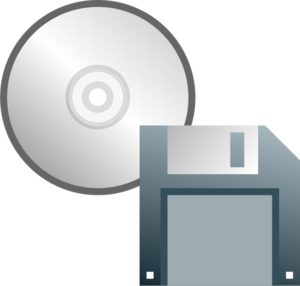SketchUp
| SoftwareInfoBox SketchUp | |
|---|---|

| |
| Type: | 3D CAD program |
| Platform: | Windows, Mac OS |
| License: | free for non-commercial use ("SketchUp Make") |
| Source: | www.sketchup.com |
| Input Formats: | native: .skp |
| Output Formats: | native: .skp; export: many |
| Users: | Lukas |
SketchUp is a relatively intuitive 3D design software suited for applications in architecture, woodworking, 3D printing and many more.
Basic Principle
Sketch models consist of lines that span faces between them. When faces enclose a volume, you've got yourself a threedimensional object. It is important to keep in mind this object definition as changing a single point or line can have drastic effects on the adjacent geometry! Similarly, the eraser tool only deletes lines you touch with it but faces may disappear as well if there are not enough lines left to specify their appearance.
Tools are best used by repeatedly clicking, not holding and dragging. An exception is the select box: drag from left to right to select everything inside the box or from right to left to select everything at least touched by the box.
For precise positioning and resizing, you can enter values while drawing (there's a little input field which is used heavily in this software) and/or create guide lines with the measure tool. In addition, "touching" a point or line with your cursor will turn it into a temporary guide you can use for parallel, perpendicular or just equally large new sketches. The last values you applied can sometimes also be repeated by double-clicking, e.g. with the push/pull tool.
Components
As a rule of thumb, you should turn something into a component as soon as it becomes 3D to avoid struggling with individual lines and faces for too long. Components can be copied and inserted all over the place but still remain "linked": altering one will update all the others of the same type unless you have made them unique via the corresponding option in their context menu!
Components can be combined into larger components (e.g. front/back + sides + bottom + handle for a drawer). Go deeper into these nested objects by double-clicking, otherwise you won't be able to edit but will just draw onto the surface from "outside".
Grouping objects is mostly useful for overview and selectively displaying components (also check out layers), for most modelling purposes you'll want components.
3D Warehouse
The SketchUp community and developers have built an impressive model repository, "3D Warehouse", over the years.
Maybe you'll find something to base your next project on? Check out the free models from "Popular Woodworking" magazine, for example!
The 3D Warehouse is also an excellent source of additional furniture to import into Sweet Home 3D.